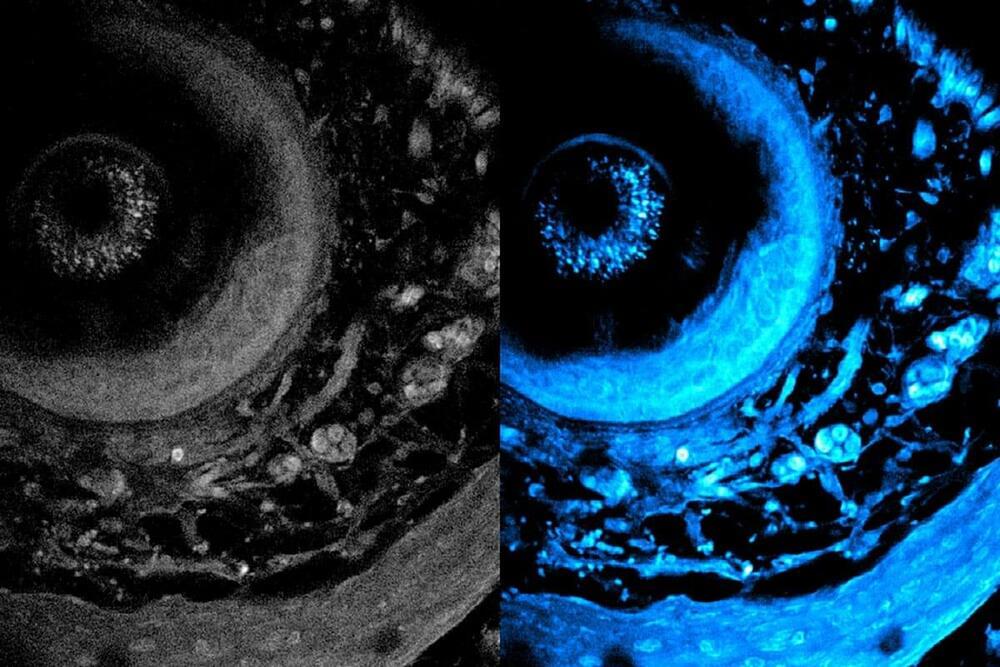DoJ indicts 14 North Koreans for $88M IT fraud; $2.26M seized, $5M reward offered.





The use of antidepressants during pregnancy significantly increased the risk of a child experiencing functional constipation—a common DGBI that may be painful—during their first year of life. “After adjusting for covariates, SSRI/SNRI exposure was associated with an over 3-fold increased risk for functional constipation,” the investigators wrote.
“We found that, at the age of one, 63% of children exposed to antidepressants during pregnancy experienced constipation, compared with 31% of children whose mothers did not take medication,” said study co-author Larissa Takser, MD, professor of pediatrics at the Université de Sherbrooke in Québec. “This finding suggests a potential connection between serotonin levels in utero and gut development, and opens new doors to examine SSRI properties not previously studied.”
The investigators’ collective findings point to a promising avenue of future studies: the gut epithelium as a new and potentially safer target for treating mood disorders, particularly for pregnant women. “Together, these data define a novel potential mechanism for gut-brain communication and identify intestinal epithelial 5-HT as a new and potentially safer therapeutic target for mood regulation,” the authors stated.


( – (
Psychological studies have shown that the way humans respond to others’ emotions is strongly influenced by their own past emotional experiences. When a similar emotional situation—such as a past stressful event—is observed in another person, we can react in two different ways. On one hand, it may generate empathy, enhancing the ability to understand others’ problems and increasing sensitivity to others altered emotions. On the other hand, it may induce self-distress resulting into an avoidance towards others.
The research group at IIT has demonstrated that a similar phenomenon also occurs in animals: recalling a negative experience strongly influences how an individual responds to another who is experiencing that same altered emotional state. More specifically, animals exhibit different reactions only if the negative event they experienced in the past is identical to the one they observe in others. This indicates that even animals can specifically recognize an emotional state and react accordingly even without directly seeing the triggering stimuli.
italiano di tecnologia.
Maltese et al. show in mice that experiencing an adverse event affects future interaction with others experiencing the same stressor. These self-experience socioemotional reactions are orchestrated by the corticotropin-releasing factor system in the medial prefrontal cortex.

“Everything about this discovery was surprising.”
The team’s research was published on Thursday (Dec. 12) in the journal Science.
This year, the sun has been particularly turbulent, blasting Earth with usually strong solar storms and ramping up auroral displays as a reminder of how violent our star can be. While scientists have been able to study this behavior and collect invaluable data, this represents the sun’s behavior over a tiny fraction of its 4.6 billion-year life so far.

Technology has shaped our civilization as it grew down the centuries, and since the industrial revolution, each new generation seems defined by some new technological revolution… So what will the next revolution be?
If you love card games, definitely check out Doomlings. Click here and use code ISAAC20 to get 20% off of your copy of Doomlings! https://bit.ly/IsaacDoomlings.
Visit our Website: http://www.isaacarthur.net.
Join Nebula: https://go.nebula.tv/isaacarthur.
Support us on Patreon: / isaacarthur.
Support us on Subscribestar: https://www.subscribestar.com/isaac-a…
Facebook Group: / 1583992725237264
Reddit: / isaacarthur.
Twitter: / isaac_a_arthur on Twitter and RT our future content.
SFIA Discord Server: / discord.
Credits:
The Next Technological Revolution.
Episode 460; August 15, 2024
Produced, Written \& Narrated by: Isaac Arthur.
Editor: Lukas Konecny.
Select imagery/video supplied by Getty Images.
Music Courtesy of Epidemic Sound http://epidemicsound.com/creator.
Stellardrone, \
